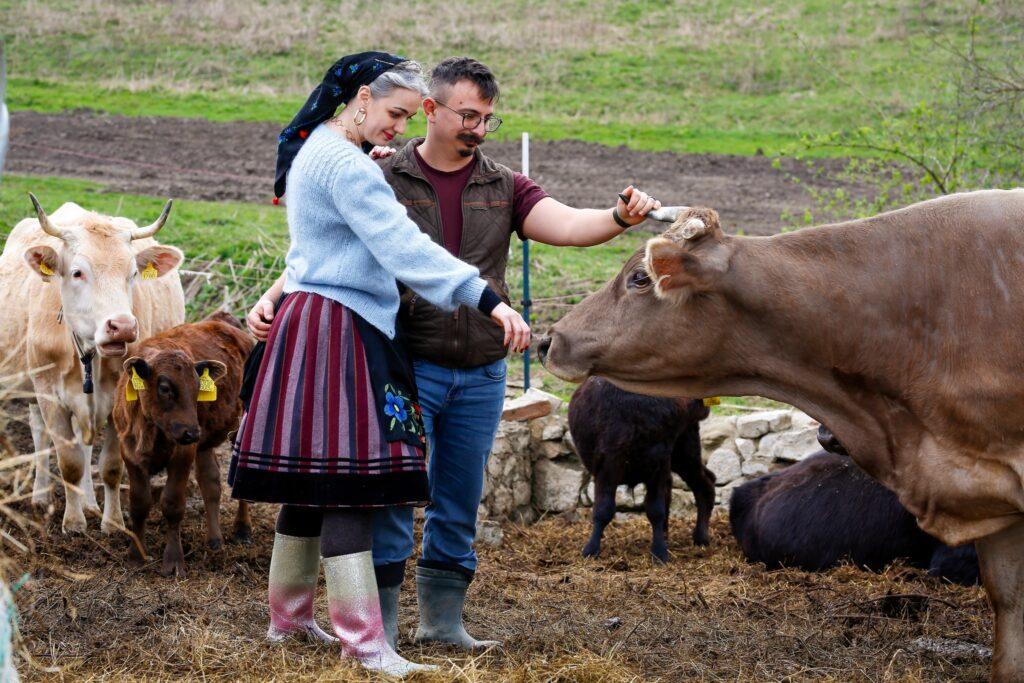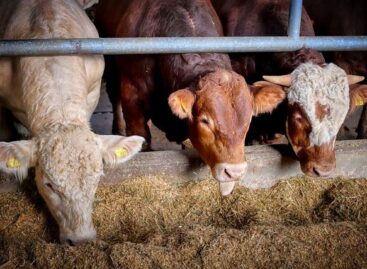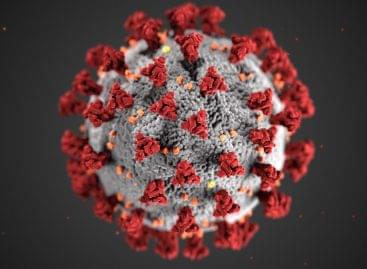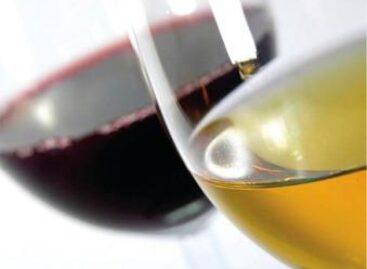Where did we go wrong? An influencer spoke out about foot-and-mouth disease

“It took a very long process and many generations making well-meaning but ultimately flawed decisions to get us to where we are now. For example, by 2025, the income of the sheep sector depends almost entirely on Italian lamb exports, which are currently suspended due to the outbreak.”
– they begin.
“What can be done? Hungary has neither the capacity nor sufficient demand to process and sell lamb locally. Problems that have developed over decades cannot be solved overnight. (We hope politicians can negotiate and restart exports — then we’ll be okay until the next crisis.)
We’ve gone from a time when grazing sheep and cattle (and fish consumption) were key pillars of food security for our people over the past thousand years, to a situation where the entire sheep sector depends on a single foreign market during a very narrow time window. If anything unexpected happens — like a transport ban — the entire sector collapses.
This kind of vulnerability, a house of cards built on interdependencies, characterizes modern agriculture as a whole. This is not unique to Hungary; most of the modern world functions this way. Every year we roll the dice and hope for the best. Maybe this year we rolled poorly.”
– they explain the issue.
After a detailed breakdown of the situation, they also propose possible solutions:
“What can be done?
Such deep-rooted problems cannot be fixed in just a few years, and maybe not at all — but here are a few thoughts:
1. The sunlight and rain that reach the soil beneath our feet must be utilized and preserved locally. We need broad and diverse production. A single farm might only focus on 1–3 activities, but a region must encompass a wide variety — from wildlife and water management, agroforestry, tourism, and social activities to wild harvesting, mushroom farming — anything suited to the local landscape.
2. We need to return to consuming a wide variety of seasonal, local products — many more species and varieties than we currently do.
3. We need regional landrace genetics that are more resistant to minor diseases. In the case of major outbreaks, diversified production can prevent total collapse. Domestic consumption allows us to decide how to manage outbreaks (which is currently not possible).
4. Every product from farms should be processed — by the farmer as a small producer or through a cooperative of local producers — and sold vacuum-packed, in jars, or canned, directly to local markets and nearby city consumers (bypassing multinationals and sole processors).
5. Instead of an artificial urban-rural divide, we must accept that we’re all in the same boat. We need to find ways to channel at least part of the younger generation’s creativity and willingness to act back to rural areas — even if only virtually.”
Related news
AM: the duration of the wage guarantee subsidy for livestock farmers affected by foot-and-mouth disease is extended
🎧 Hallgasd a cikket: Lejátszás Szünet Folytatás Leállítás Nyelv: Auto…
Read more >The duration of the wage guarantee subsidy for livestock farmers affected by foot-and-mouth disease is extended
🎧 Hallgasd a cikket: Lejátszás Szünet Folytatás Leállítás Nyelv: Auto…
Read more >This is how Hungarian researchers model epidemics
🎧 Hallgasd a cikket: Lejátszás Szünet Folytatás Leállítás Nyelv: Auto…
Read more >Related news
Egg prices up nearly one-third
🎧 Hallgasd a cikket: Lejátszás Szünet Folytatás Leállítás Nyelv: Auto…
Read more >Layers of problems
🎧 Hallgasd a cikket: Lejátszás Szünet Folytatás Leállítás Nyelv: Auto…
Read more >Too many gifts, too much food: our holiday excesses are putting a serious strain on the environment
🎧 Hallgasd a cikket: Lejátszás Szünet Folytatás Leállítás Nyelv: Auto…
Read more >





